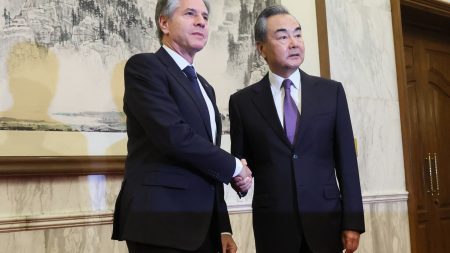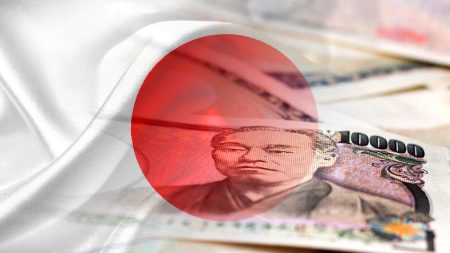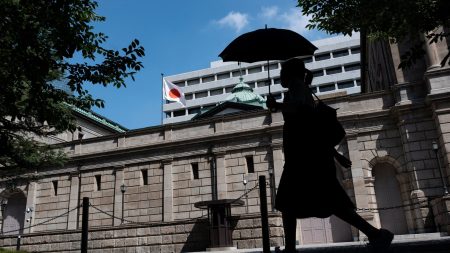India aims to establish itself as the top manufacturer in Asia as companies seek to reduce reliance on China. However, to achieve this goal and surpass Vietnam as a manufacturing hub, India must address challenges such as high import taxes and improve supply chain efficiency. The U.S. has been advocating for companies to move their electronics and technology manufacturing operations out of China to countries like Vietnam and India. Both Democrats and Republicans view China as a challenge, leading to a shift in manufacturing strategies for American companies.
Vietnam currently holds a significant lead over India in terms of manufacturing exports, with 2023 exports totaling nearly $97 billion compared to India’s $75.65 billion. Vietnam’s advantage lies in its established reputation for manufacturing electronics, while India is just beginning to enter this realm. Additionally, Vietnam has a longstanding trade and investment agreement with the U.S., providing it with an edge in attracting foreign investment. India’s complex regulatory landscape, with varying policies across states, poses a challenge compared to Vietnam’s simplicity in terms of manufacturing processes.
U.S. tech giants like Apple and Google are increasingly establishing supply chains in India, with plans to manufacture products like batteries for the upcoming iPhone 16 in the country. However, India’s high import duties for certain technologies remain a barrier to becoming a major manufacturing hub. The government is expected to gradually lower these tariffs on an industry-by-industry basis to attract foreign firms to set up manufacturing facilities in India. Vietnam’s advantage in attracting foreign direct investment lies in its ease of doing business issues and flexibility in labor laws, factors that India needs to address to compete in the long term.
India’s infrastructure remains a significant bottleneck in its bid to become a leading manufacturing hub. Lengthy shipment and road delivery times due to inadequate infrastructure lower the country’s appeal to foreign companies. The government has allocated significant funds to improve the railway system, but more investment is needed to modernize logistics and enhance supply chain models for importers and exporters. Vietnam’s close relationship with China poses a challenge for India, as China continues to strengthen its ties with Vietnam through agreements on infrastructure, trade, and security. Supply chain managers and U.S. corporations may hesitate to shift operations to India until it can compete effectively in electronics manufacturing.
Despite the challenges, India is making strides towards establishing itself as a manufacturing powerhouse in Asia. By addressing issues such as high import duties, improving infrastructure, and streamlining supply chain processes, India can become a more attractive destination for foreign investment. The country’s warming relationship with the U.S., coupled with its potential to rival China in electronics manufacturing, positions India as a key player in the evolving landscape of global manufacturing. However, continued efforts are needed to overcome existing barriers and meet the demands of a competitive market dominated by countries like Vietnam and China.















